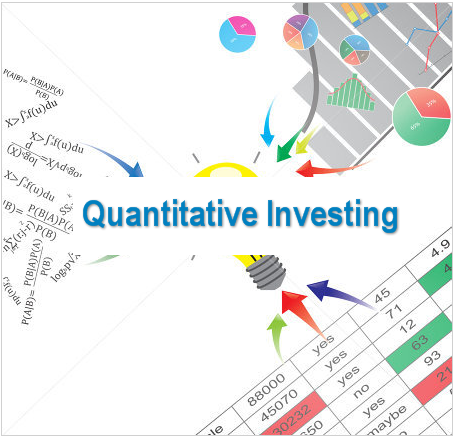In the evolving landscape of investment management, algorithmic and
quantitative investing has emerged as pivotal strategies. These approaches
leverage mathematical models, statistical analysis, and computational
algorithms to make investment decisions. According to Scott
Tominaga, a seasoned professional in financial services and compliance, these
data-driven methodologies are significant in enhancing investment precision and
efficiency.
Understanding Algorithmic and
Quantitative Investing
Algorithmic investing involves
the use of computer algorithms to execute trades based on predefined criteria,
such as price, volume, and timing. This method allows for high-frequency
trading and can capitalize on market inefficiencies in real-time.
Quantitative investing, on the
other hand, employs mathematical models to identify investment opportunities.
By analyzing vast datasets, quantitative strategies aim to uncover patterns and
correlations that may not be immediately apparent through traditional analysis.
Key Components of Data-Driven
Investment Strategies
- Data Collection and Analysis: Gathering extensive financial data,
including historical prices, economic indicators, and alternative data
sources, forms the foundation of quantitative models.
- Model Development: Creating statistical models that can
predict market movements or identify trading signals based on the analyzed
data.
- Backtesting: Testing these models against historical
data to evaluate their effectiveness and refine strategies before live
implementation.
- Execution Algorithms: Implementing algorithms that can execute
trades efficiently, minimizing market impact and transaction costs.
- Risk Management: Incorporating risk controls within models
to ensure that potential losses are within acceptable limits.
Benefits of Algorithmic and
Quantitative Investing
- Speed and Efficiency: Algorithms can process and act on
information faster than human traders, enabling timely execution of
trades.
- Objectivity: Reduces emotional decision-making by
relying on data and predefined rules.
- Scalability: Capable of handling large volumes of trades
and data, making it suitable for institutional investors.
- Cost Reduction: Potentially lowers transaction costs
through optimized trading strategies.
Challenges and Considerations
- Model Risk: The risk that models may fail to predict
market movements accurately, leading to potential losses.
- Data Quality: The effectiveness of strategies heavily
depends on the quality and accuracy of the data used.
- Regulatory Compliance: Ensuring that algorithmic trading practices
adhere to regulatory standards and do not lead to market manipulation.
- Over-fitting: The danger of models being too closely
fitted to historical data, which may not perform well in future market
conditions.
The
Importance of Data-Driven Investing
According to Scott Tominaga,
the integration of advanced analytics and technology in investment strategies
is reshaping the financial landscape. He emphasizes the importance of adopting
a disciplined approach to model development, rigorous back-testing, and
continuous monitoring to mitigate risks associated with algorithmic and
quantitative investing.
The Future of Algorithmic and
Quantitative Investing
As technology continues to
advance, the scope of algorithmic and quantitative investing is expanding.
Innovations in artificial intelligence, machine learning, and big data
analytics are enhancing the capabilities of these strategies. Investors are
increasingly adopting these methodologies to gain a competitive edge in the
markets.
Algorithmic and quantitative
investing offers a new era of data-driven decision-making in financial markets.
By harnessing technology and statistical models, investors can achieve greater
efficiency, precision, and scalability in their strategies. However, as per Scott Tominaga, these methods require careful attention to risk
management, data quality, and compliance to avoid potential pitfalls. As the
financial landscape continues to evolve, staying at the forefront of these
advanced strategies will be essential for maintaining a competitive advantage.
Investing in the right infrastructure, continuous model refinement, and
disciplined execution will help investors navigate the complexities of
algorithmic and quantitative approaches, setting the stage for long-term success.





.jpg)

Scott Tominaga’s insights on algorithmic investing are truly eye-opening. In today's data-driven world, strategies like these matter. Check out Men's Celebrity Jackets for style that speaks success!
ReplyDeleteBrown leather pants
ReplyDeleteoffer a perfect mix of rugged edge and timeless style. Their warm, earthy hue adds richness to any outfit, while the sleek leather finish ensures a bold statement. Versatile and durable, they’re ideal for creating standout looks that blend confidence, comfort, and modern fashion appeal.